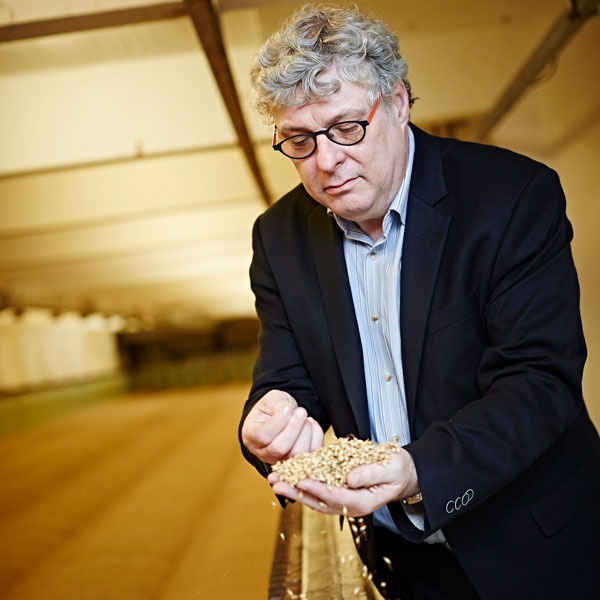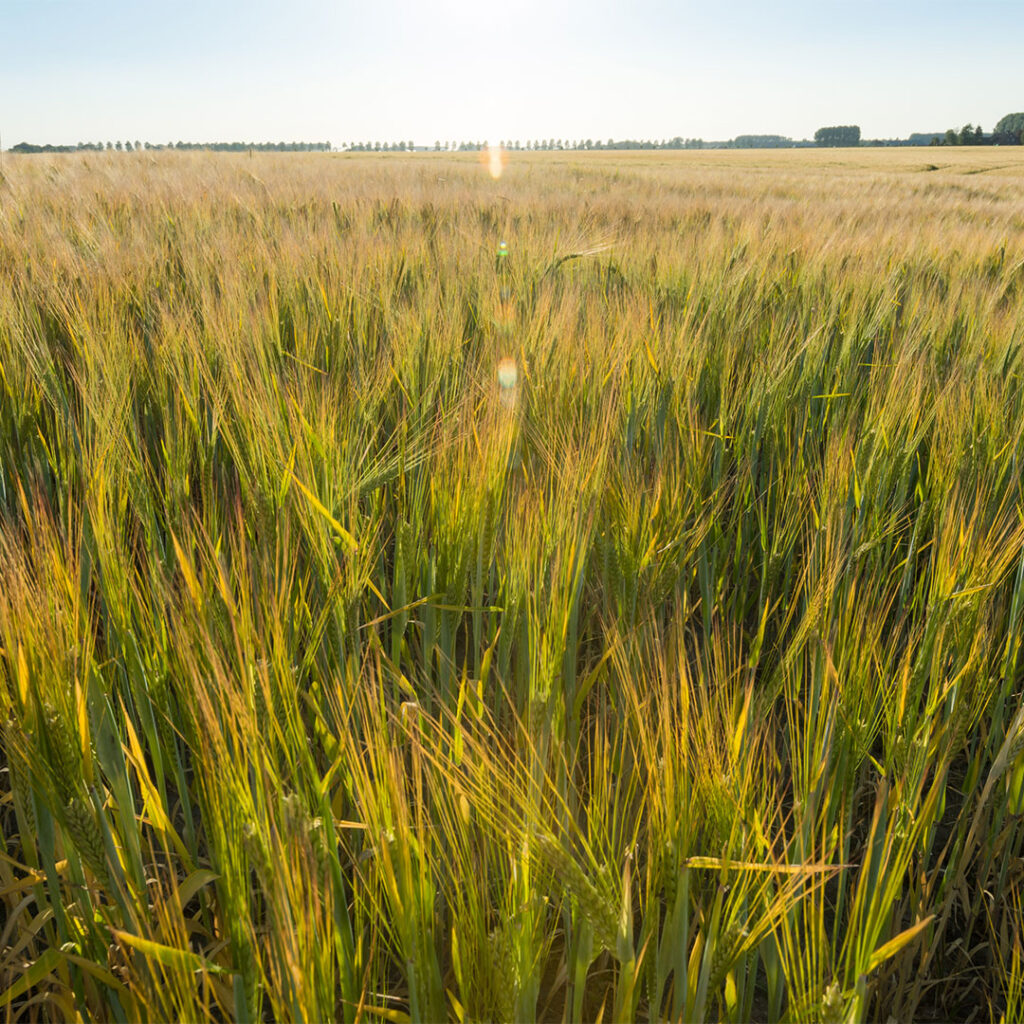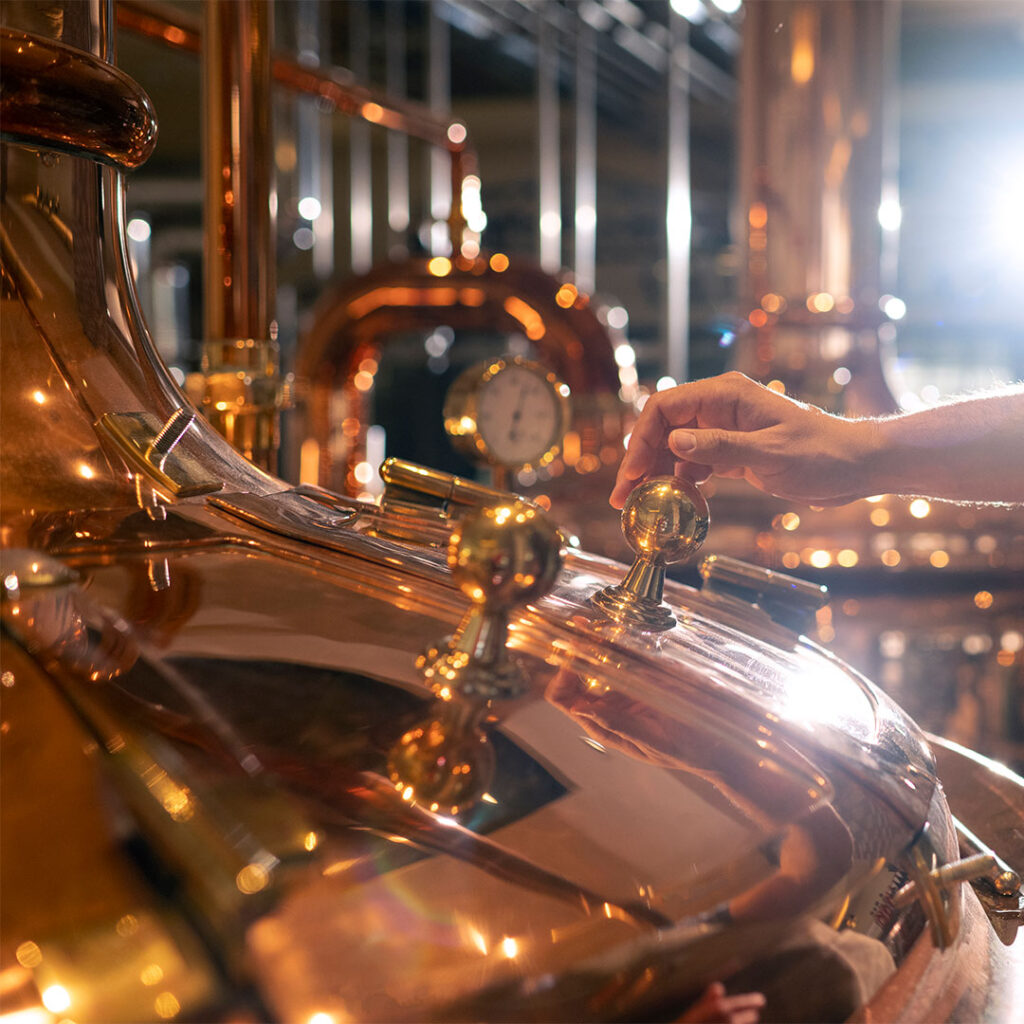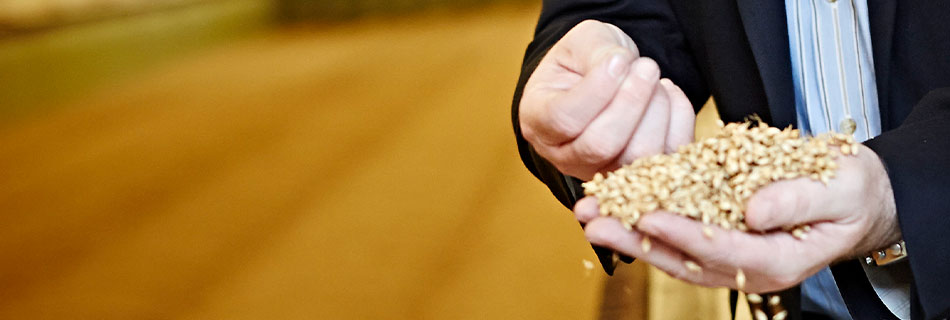As we step into 2024, brewers face a growing challenge – unpredictable weather patterns caused by global warming. This shift directly impacts brewing, forcing us to adapt and rethink processes.

The 2023 barley harvest presents a specific issue. Gelatinisation temperatures peak at 68°C, with a second peak at 75°C. These rising temperatures affect brewing efficiency, as they exceed the denaturation points of key enzymes. Brewers must now navigate these changes with knowledge and strategy.
While gelatinisation temperature increases are not new, we are now crossing critical thresholds. This shift threatens starch conversion, influencing lautering, fermentation, and final beer quality.
After many questions at BrauBeviale, a refresher seems timely. The challenge is complex, but creative brewing can keep craft beer thriving!
The problem unveiled
During grain filling, unstable weather disrupts starch granule formation. Under ideal conditions, barley develops large, easily broken-down starch granules. However, inconsistent growth, combined with temperature and dryness fluctuations, creates smaller, more resistant starch granules.
Over the past 20 years, this issue has become more frequent, likely due to climate change. Unfortunately, this trend is expected to continue.
These stubborn starch granules resist normal germination and brewing processes. Heat can break them down, but if temperatures exceed 65°C, beta-amylase denatures, preventing starch-to-maltose conversion.
If temperatures stay below 78°C, alpha-amylase can still break down starch into glucose and other sugars. However, this may lead to filtration problems, poor efficiency, or under-attenuated, hazy beer. A simple iodine test can confirm residual starch.

Understanding the trends
Brewers must adapt to the changes that are caused by global warming. One proven method involves using enzymes like Ultraflow Max from Novozymes. This enzyme blend, containing beta-glucanase and xylanase, breaks down beta-glucans and arabinoxylan, reducing filtration issues.
However, enzymes vary by source (fungi or bacteria) and require specific temperatures. Overuse can reduce residual extract, impacting mouthfeel and foam stability.

Practical tips
Opt for enzymes
Test enzyme solutions, such as Ultraflow Max, to aid starch breakdown. Understand their temperature ranges and avoid excessive use to maintain beer body.
For more traditional brewers
If sticking to classic methods, mash in at 65°C. Maintain strict temperature control. Beta-amylase quickly converts unlocked starch into maltose at this stage. Then, raise the temperature to 72–75°C for saccharification. This step allows ungelatinised starch to break down via alpha-amylase. Finish with a mash-out at 78°C. Always test – starch granules must gelatinise below 78°C for this method to succeed.
Attempt a decoction mash
This traditional technique boils part of the mash to fully gelatinise stubborn starch before reintegrating it. Though time-consuming, it enhances conversion.
Use 20–30% of the mash, bring it to a brief boil, then mix it into the main mash at 65°C. Enzymes remain active, allowing proper saccharification at 72°C. Rest for 10–15 minutes, then mash out at 78°C. This extra step can significantly improve starch breakdown.
Monitor and adapt
Check wort with a fast iodine test to track starch conversion. Aim for minimal residual starch. By blending innovation with solid brewing principles, brewers can still craft outstanding beers despite these challenges.
Research continues worldwide, exploring enzyme blends, mashing techniques, and barley and malt genetics. These advancements will provide new solutions in the coming years.
If you have questions or need advice about the challenges of global warming, reach out at askjos@theswaen.com.
Happy brewing!
Jos Haeck


